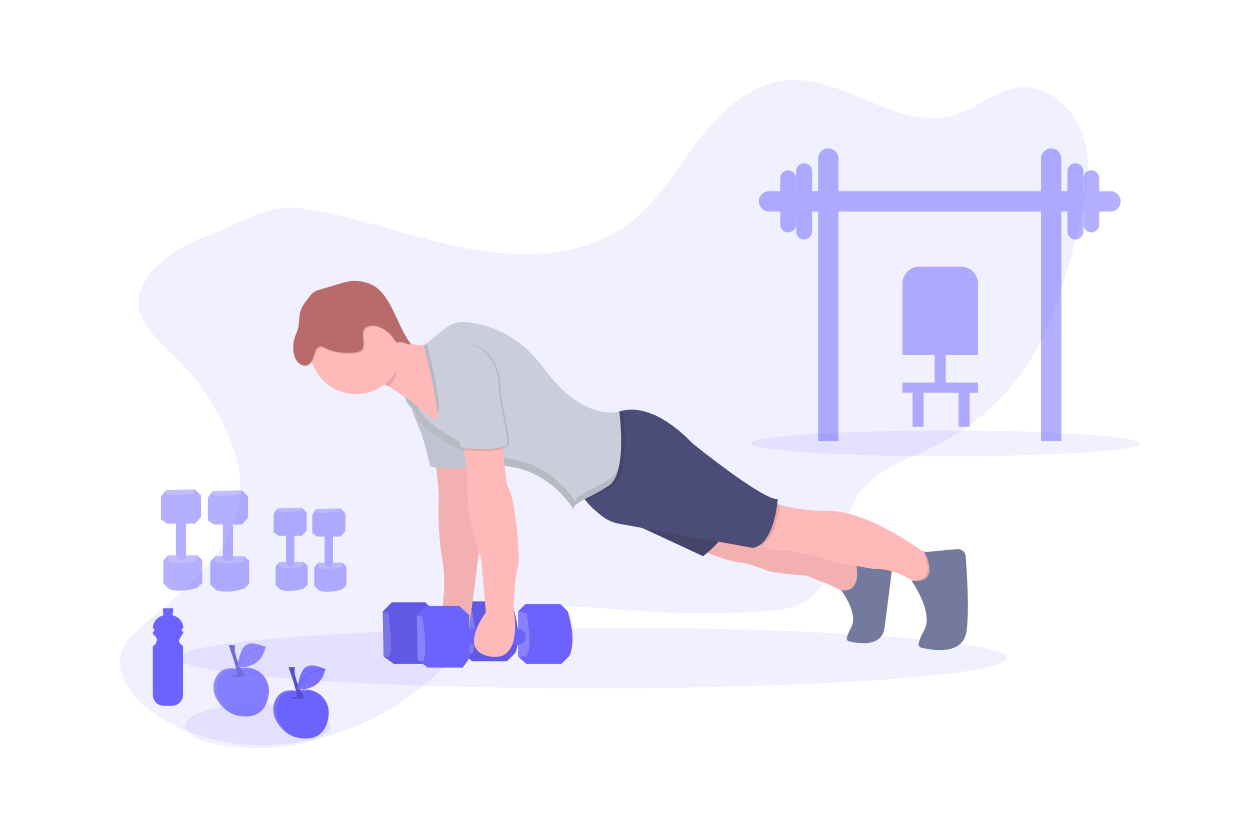How to Create a Workout App
Bài đăng này đã không được cập nhật trong 5 năm

In modern society, health is one of the most important aspects of life. Digitization of life’s all areas had a huge impact on healthcare, leading it through digital transformation too.
In 2019, fitness apps ranked 13th in popularity among the whole application market. It's increasingly difficult for gyms to compete with apps today: taking into account the COVID-19 situation more people switched to the train-from-home regime, using various workout applications.
As a part of healthcare, fitness and related apps’ popularity among users had a tremendous growth last several years. Today we face unprecedented interest in various apps under the fitness category, free and accessible for all those who have smartphones.
Market research
According to the Statista workout app market is estimated $17,963 million in 2020, and Polaris Market Research predicts the fitness app market hit $14.7 billion by 2026 with 23% CAGR growth.
Types of fitness apps Before starting the whole process, a potential fitness app developer should decide on the type of fitness app. Fitness and workout apps target three main directions – Nutrition and Diet, Workout Tracking, and Workout Apps.
Fitness apps features Depending on the fitness type, applications have different features and functionalities. However, there are key features common for each of them. These are:
Sign up/sign in. This feature allows us to create and enter the created account. The latest activity can be done either by email or social media accounts.
• User account In the personal user account, all information concerning fitness plans, achievements, personal data, or results is gathered.
• Integration with other devices Wearable smart devices are common nowadays for fitness activities. This feature allows us to collect and analyze personal information got from the wearables.
• Activity tracking This feature provides the user with correct data regarding workout requirements and needs, based on personal activity data.
• Notifications Notifications and reminders are planning features, which help users to plan and achieve their workout goals easily.
• Geolocation
This feature is designed for accurate routing for outdoor workout activities, such as walking, cycling, running, etc.
How to monetize fitness apps Guess you have developed a brilliant fitness app, have the super team, including marketing along with the developers. What about thinking about monetization? There are different monetization strategies you can choose for earning a pretty penny.
The most popular strategies for workout apps are:
- In-app Purchases
- Advertisements
- Sponsored content
- Freemium
Fitness app development cycle We’ve talked about the workout application’s main types, basic features, monetization strategies. Let us talk about the workout application development full circle.
1. Market research This stage includes market research, workout application type decision as well as competitors’ research. Collected data will help in developing competitive, relevant applications with the potential of collecting a huge user base.
2. Alpha-version planning This is the first working version of your application with the basic features. Hence, be careful, while deciding on the key features of the version, based on stage 1 research. 3. Development stage In general, the mobile application development process consists of five circles or as we call SLDC’s five stages are:
• Requirement Analysis
• UX/UI Design
• Implementation & Coding
• Testing
• Maintenance
4. Promotion and marketing The marketing and promotion stage starts when the application is still in the development phase. Choose the one or complex relevant marketing strategy to achieve your goals.
5. Maintenance and support The development process never ends. Keep going in your application development by adding new features and eliminating those unnecessary, fix the bugs. There are thousands of healthcare and workout apps in the market. Hence, keeping up with the latest user demands, offering the best user experience, offering flexible and easy-to-use apps are the main goals for all those, who want to create a stable, relevant, and useful solution.
All rights reserved